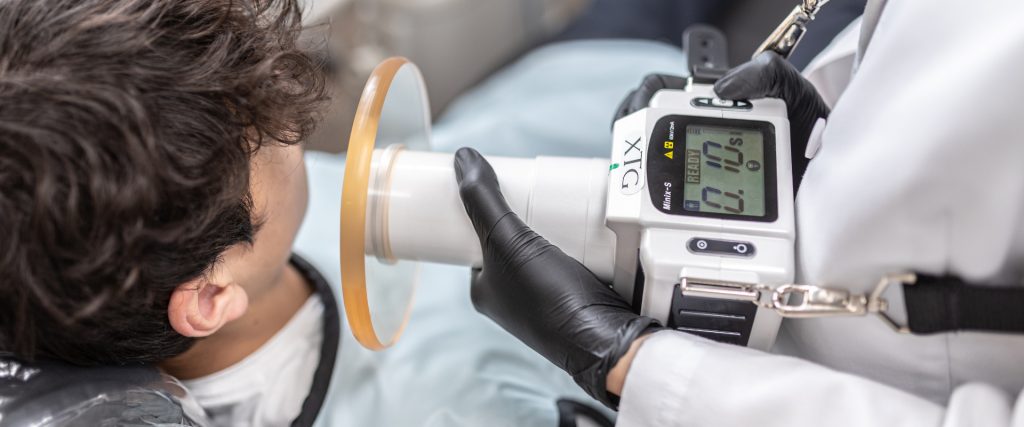Why Are Digitals X-Rays Better Than Traditional X-Rays?
Why Are Digital X-Rays Better Than Traditional X-Rays in Dental Offices?
Digital X-rays have changed the way dental practices operate, making it easier and quicker for dentists to diagnose oral health issues. This is because digital radiography offers a more efficient and accurate alternative to traditional X-rays. With advances in technology, dentists are taking advantage of these benefits and transitioning to digital X-rays. In this blog post, we will discuss the advantages of digital X-rays compared to traditional methods.

Digital X-rays have changed the way dental practices operate, making it easier and quicker for dentists to diagnose oral health issues. This is because digital radiography offers a more efficient and accurate alternative to traditional X-rays. With advances in technology, dentists are taking advantage of these benefits and transitioning to digital X-rays. In this blog post, we will discuss the advantages of digital X-rays compared to traditional methods.
Reduced Radiation Exposure:
Digital X-rays require approximately 80% less radiation than traditional methods. This is because the digital sensor in a small handheld device, scans and captures images of your teeth quickly and accurately. The possibility of overexposure to radiation and developing oral cancer over time are significantly reduced for patients.
Time Efficiency:
The process of traditional X-rays is lengthy and could take 10-15 minutes to develop images. Additionally, the chemical processing happening in the darkroom causes delays in producing the images. However, digital X-rays produce immediate results on the dentist’s computer monitor, providing quick diagnosis and possible treatment. Dentists can make an immediate assessment and decide what treatment is best for the patient.
Sharp Imaging and Accurate Diagnosis:
Digital X-rays offer high-resolution imaging of teeth and gums, making it easier for dentists to diagnose problems such as cavities, bone loss, and gum disease. Digital radiography offers increased diagnostic accuracy with its improved imaging abilities that detect even the smallest signs of dental issues. A dentist can quickly zoom, adjust brightness, and the contrast to closely examine the image.
Digital Storage:
Traditional radiographs come with the hassle of storage, retrieval, and adding to the patient’s physical dental records. However, with digital X-rays, everything is stored on a computer system, making access, sharing, and retrieval much easier. This technology streamlines record-keeping and eliminates the possibility of misplacing or losing patient radiographs.
Greater Patient Comfort:
Digital X-rays are less invasive and more comfortable for patients compared to traditional methods. Digital radiography requires less pressure when holding the instrument in the mouth, and the bulkiness of traditional film is not a worry. Patients feel more comfortable knowing that they are not being exposed to harmful radiation.
Contact Us Today!
In conclusion, digital X-rays offer numerous benefits when it comes to dental imaging. Besides providing quick results, reducing radiation exposure, and being more comfortable for the patient, digital X-rays provide more accurate and precise diagnoses. Embracing digital X-rays in dental offices is a step towards advancing dental care and improving patient outcomes. With this technology, dentists can perform procedures with more accuracy, making patients’ experiences more comfortable and ultimately more satisfying for both the patient and the dentist.

